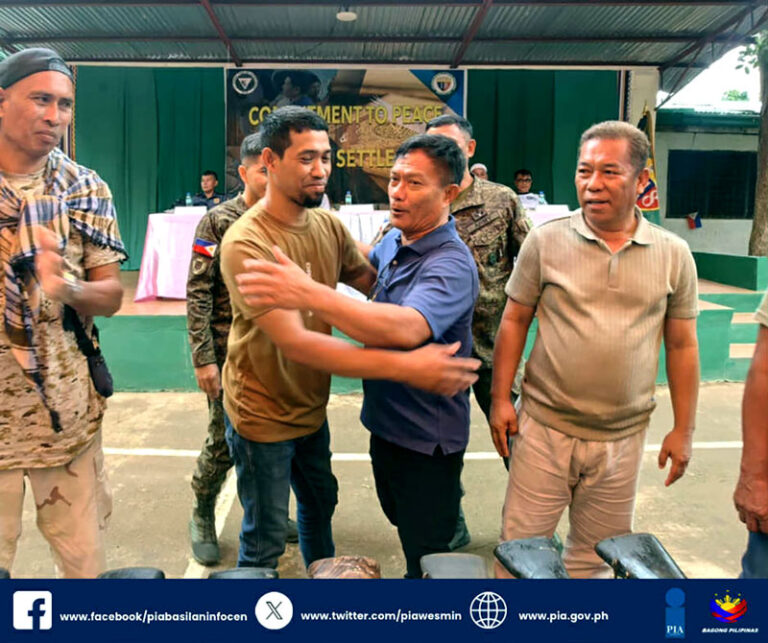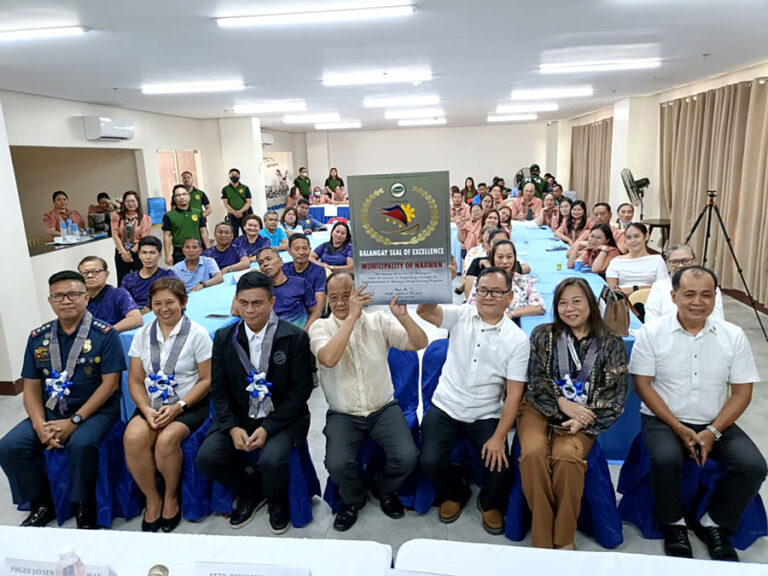COTABATO CITY – The Autonomous Region in Muslim Mindanao commemorated the 1976 Moro Gulf Earthquake and Tsunami and this coincided with the multi-hazard simulation drill conducted by the ARMM’s Office of Civil Defense at the Awang Airport in Datu Odin Sinsuat town in Maguindanao province.
The drill was done in collaboration with the Civil Aviation Authority of the Philippines, ARMM’s Humanitarian Emergency Action and Response Team, Philippine Institute of Volcanology and Seismology (Phivolcs), Cotabato City Regional Medical Center and the Armed Forces of the Philippines.
“The drill is a venue to enhance the preparedness of the communities around the affected areas in case destructive events occur. We could also assess the response capability of various government agencies, even private and volunteer responders,” said Myrna Angot, officer-in-charge of OCD-ARMM.
She said the objectives of the drill were to understand the impact of a major earthquake particularly a potential 7.9 magnitude generated by the Cotabato Trench; to understand the command and control mechanisms at all levels based on R.A. 10121 and existing contingency plans; to test, assess, validate and evaluate the actual ground set-up of the local emergency operation centers and communication system, and to strengthen and align all existing concept of response cluster particularly with the first response.
“During the disaster, life-protecting actions must be taken immediately, so this drill will also help the responders to act as quickly as possible,” she said.
The other participating responders were the Philippine Coast Guard, Philippine National Police-Scenes of Crime Officers (PNP-SOCO), PNP-Regional Health Service, PNP-Regional Public Safety Battalion, Philippine Red Cross, Bangsamoro Response Team, Bureau of Fire Protection-Emergency Medical Services, Office of the Provincial Fire Marshall-Maguindanao, Philippi
Angot said the activity also conforms with the national government’s four-point plan on disaster preparedness namely public information, education, communication, and disaster response.
The earthquake on August 17, 1976, generated by movement along the Cotabato Trench hit the island of Mindanao. The off-shore earthquake produced a massive tsunami killing about 6,000 people making it the most disastrous tsunami to hit the country.
In a post-disaster report by the Philippine Institute of Volcanology and Seismology, waves as high as nine meters struck the town of Lebak in Sultan Kudarat. It inundated almost all coastal towns of provinces bordering Moro Gulf namely Zamboanga Sibugay, Zamboanga del Sur, Lanao del Norte, Lanao del Sur, Maguindanao, Sultan Kudarat, Sarangani, Basilan, Sulu, Tawi-Tawi and the cities of Cotabato and Zamboanga.
After last week’s drill, ARMM Governor Mujiv Hataman, and Regional Executive Secretary Atty. Laisa Alamia attended the evaluation and assessment of the exercise at the 6th Infantry Division, Camp Siongco in Datu Odin Sinsuat, Maguindanao. (Bureau of Public Information)
Like Us on Facebook: https://web.facebook.com/mindanaoexaminer
Follow Us on Twitter: https://twitter.com/MindanaoExamine
Read Our News on: http://www.mindanaoexaminer.com / http://mindanaoexaminernewspaper.blogspot.com/
Share Our News
Digital Archives: issuu.com/mindanaoexaminernewspaper



